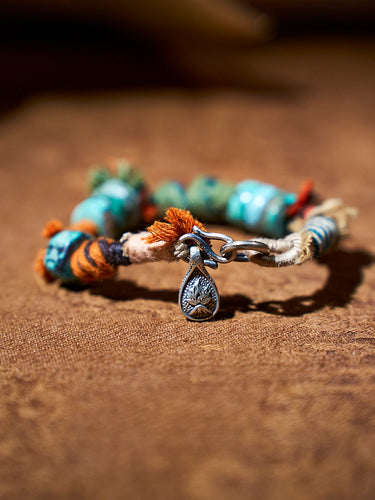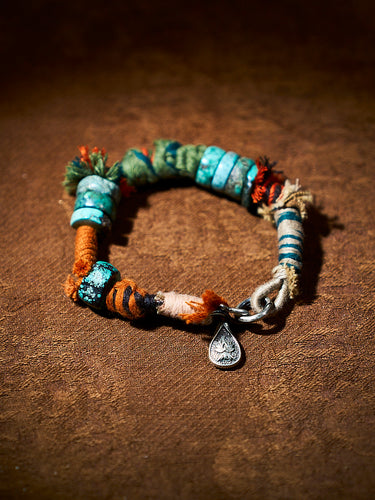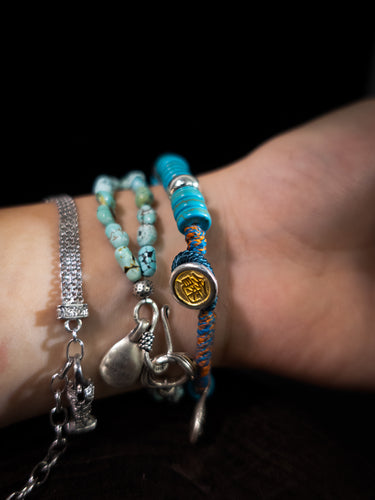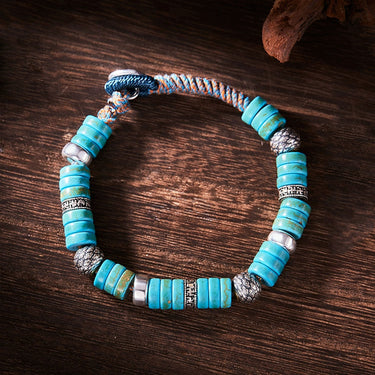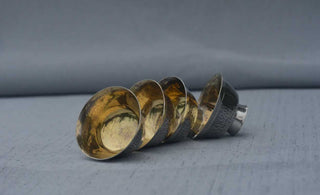
Unveiling the fascinating history of Japanese antique lacquerware, known as Urushi, is to explore a rich tapestry of tradition, craftsmanship, and artistic expression deeply embedded in Japan's cultural heritage. This exploration is not just about tracing the origins of a craft but understanding how it has intertwined with the social, spiritual, and aesthetic fabric of Japanese life over centuries. In the enchanting world of classical oriental art, few creations possess the allure and craftsmanship that Japanese antique lacquerware exudes. With its rich history and meticulous artistry, lacquerware has captivated art enthusiasts and collectors for centuries. Join us on a journey through time as we delve into the captivating history of Japanese antique lacquerware, uncovering its origins, techniques, and enduring legacy.
Origins and Cultural Significance of Japanese Antique Lacquerware
In the ancient days of yore, when the land was still untamed and the spirits of nature roamed freely, the early artisans of Japan discovered the ethereal secret hidden within the sap of the lacquer tree. They beheld its transformative powers, its ability to transcend the mundane and elevate the ordinary to the extraordinary. With reverence and awe, they embarked upon a journey of creation, guided by the ancient wisdom that flowed through their veins. Lacquer, the essence of this revered art form, became the medium through which the dreams and visions of these artisans came to life. With infinite patience and unwavering dedication, they meticulously applied layer upon layer of the enchanting lacquer onto humble wooden canvases. Each layer, like a delicate brushstroke, added depth and radiance, unveiling a world of shimmering beauty. As time danced across the tapestry of centuries, Japanese lacquerware transcended its utilitarian beginnings and blossomed into a symbol of refinement, elegance, and cultural heritage. It became intertwined with the very fabric of Japanese society, adorning the lives of emperors, aristocrats, and samurai warriors alike. Within the opulent halls of palaces and the serene interiors of tea houses, lacquerware whispered tales of grace and sophistication. The gentle touch of lacquerware adorned the sacred rituals of the tea ceremony, where each gesture and movement held profound meaning. It became a conduit for the expression of reverence, tranquility, and the pursuit of harmony with the natural world. Beyond its aesthetic allure, Japanese lacquerware embodied profound symbolism. The motifs that adorned these exquisite creations spoke volumes of the values and ideals cherished by the Japanese people. Delicate cherry blossoms, dancing with ephemeral grace, symbolized the fleeting beauty of life. Majestic cranes, their wings outstretched in elegant flight, represented longevity and good fortune. And the sinuous form of the dragon, coiled in eternal wisdom, embodied power and protection. The legacy of Japanese antique lacquerware is a testament to the indomitable spirit of the artisans who breathed life into their creations. Passed down through generations, these masterpieces continue to inspire and captivate, transcending the boundaries of time and space. Today, as we gaze upon the intricate patterns and lustrous surfaces of Japanese lacquerware, we are transported to a realm where art and craftsmanship intertwine. We are reminded of the delicate balance between simplicity and complexity, between strength and fragility. And in the depths of our souls, we feel the echoes of a culture that reveres beauty, cherishes tradition, and seeks harmony in all things.
Techniques and Artistry of Japanese Antique Lacquerware
Japanese lacquerware is a testament to the meticulous craftsmanship and artistic sensibilities of its creators. The creation of a single lacquerware piece involves a complex and time-consuming process, requiring the expertise of skilled artisans. The foundation of lacquerware lies in the careful preparation and application of layers of lacquer onto a base material, usually wood. Each layer is meticulously applied and left to dry before the next layer is added. This painstaking process can be repeated dozens of times, resulting in a resilient, lustrous finish that is both visually stunning and durable. Japanese lacquerware saw the introduction of sophisticated techniques like maki-e (sprinkling gold or silver dust on wet lacquer to create images) and raden (inlaying shell and metal pieces). Lacquerware in these periods was characterized by intricate, opulent designs and was often used in religious and ceremonial contexts, reflecting the wealth and power of the aristocracy. The artistry of Japanese lacquerware extends beyond the application of lacquer. Artisans employ various techniques to embellish the surface, such as maki-e, togidashi, and raden. Maki-e involves sprinkling gold or silver powder onto the wet lacquer, creating intricate designs and patterns. Togidashi involves polishing the lacquer surface to reveal layers of different colors, adding depth and complexity to the artwork. Raden, also known as mother-of-pearl inlay, incorporates delicate shells to create iridescent motifs, further enhancing the aesthetic appeal of lacquerware.
Themes and Symbolism of Japanese Antique Lacquerware
Japanese lacquerware is not merely a display of technical prowess; it also carries profound cultural and symbolic meanings. Many lacquerware pieces feature motifs inspired by nature, such as cherry blossoms, bamboo, or birds. These motifs evoke a sense of harmony with the natural world and reflect the Japanese appreciation for the beauty of simplicity. In addition to nature-inspired designs, lacquerware often depicts scenes from mythology, literature, or historical events. . Lacquerware was highly prized, and the craft reached new heights of artistic excellence. This era saw the emergence of regional styles and the refinement of techniques such as chinkin (carving the lacquer and filling the incisions with gold) and nashiji (creating a pear-skin texture). Lacquerware during this time was characterized by more elaborate and sophisticated designs, often reflecting the peace and prosperity of the Edo period. These narrative compositions not only serve as visual storytelling but also embody the values and ideals cherished by the Japanese people. The enduring popularity of lacquerware lies in its ability to transcend time and connect with people across generations. Whether displayed as decorative art, used in tea ceremonies, or treasured as heirlooms, Japanese lacquerware continues to captivate and inspire. For collectors and enthusiasts alike, Japanese antique lacquerware holds immense appeal. Each piece tells a unique story and carries the spirit of its creator. When acquiring lacquerware, it is essential to consider factors such as authenticity, condition, provenance, and artistic merit.
In conclusion, the history of Japanese antique lacquerware is a fascinating journey through Japan's cultural and artistic evolution. Today, Japanese antique lacquerware is revered for its historical value and artistic beauty. Contemporary artisans continue to draw inspiration from traditional techniques while incorporating modern designs and themes. The craft of Urushi remains a vital link to Japan's past, showcasing the enduring beauty and craftsmanship of traditional Japanese art. From its humble beginnings to its status as an internationally acclaimed art form, Urushi embodies the spirit of Japanese craftsmanship and aesthetics. Each piece of antique lacquerware tells a story, a narrative steeped in history, tradition, and the timeless pursuit of beauty.








